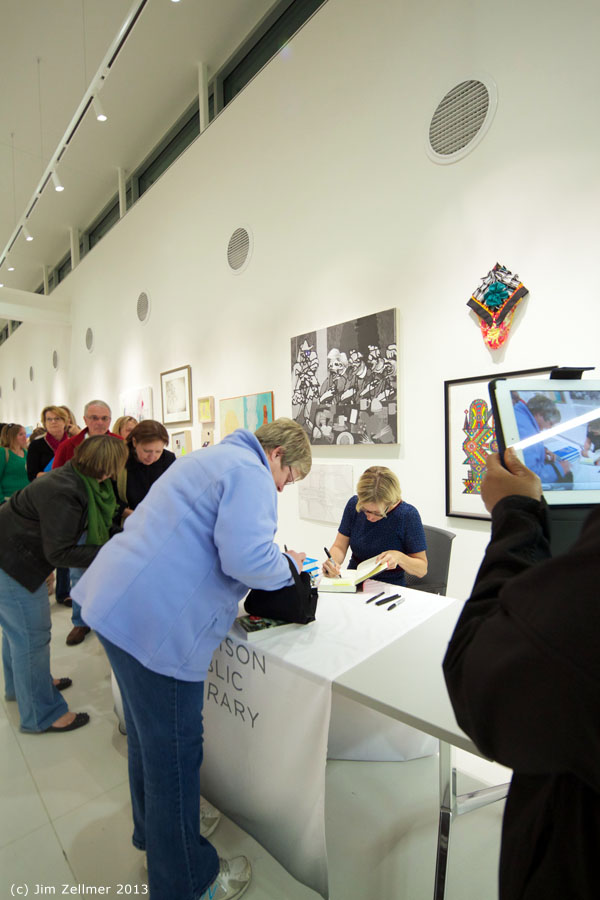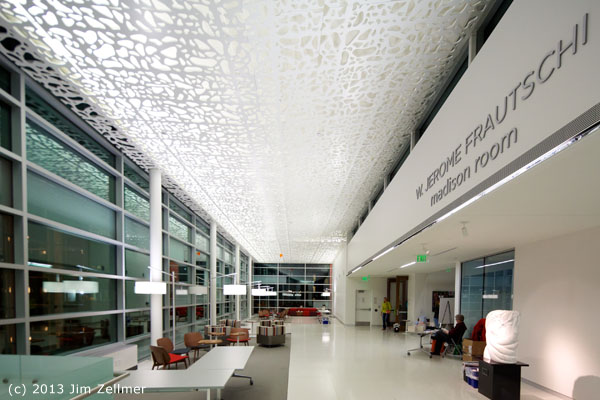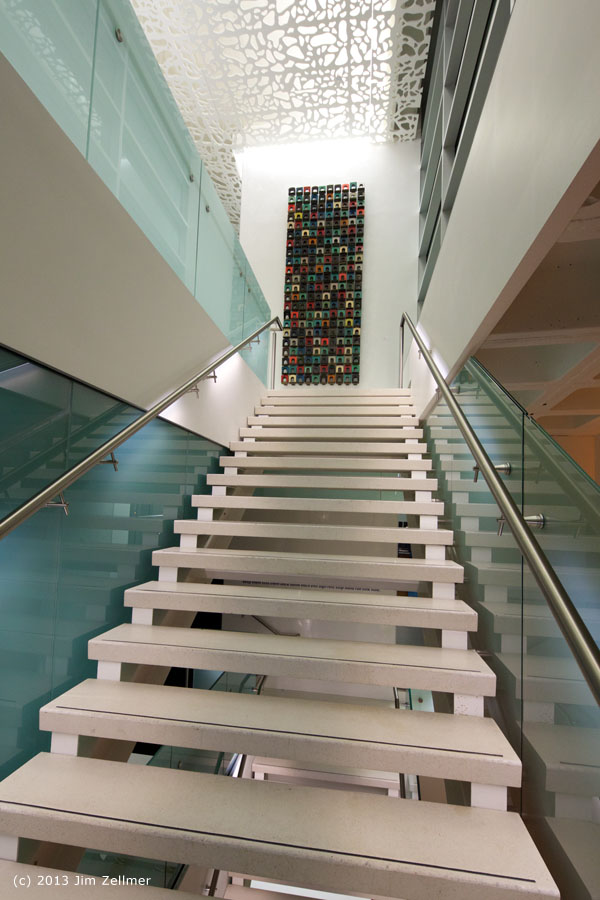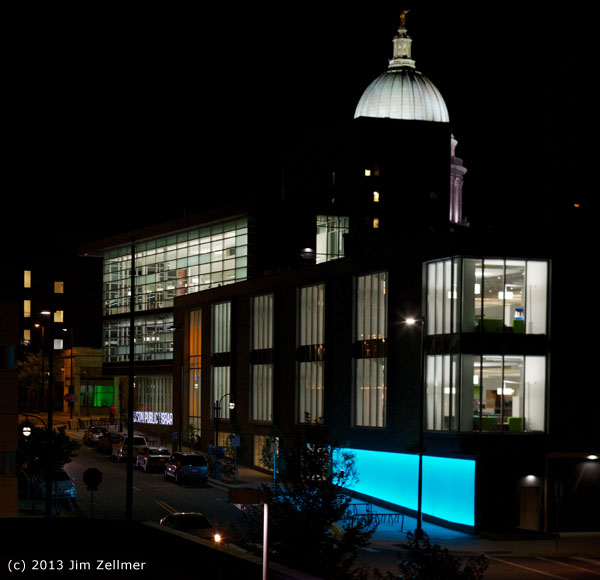SEAN SILCOFF, JACQUIE MCNISH AND STEVE LADURANTAYE:
But smartphone users were rapidly shifting their focus to software applications, rather than choosing devices based solely on hardware. RIM found it difficult to make the transition, said Neeraj Monga, director of research with Veritas Investment Research Corp. The company’s engineering culture had served it well when it delivered efficient, low-power devices to enterprise customers. But features that suited corporate chief information officers weren’t what appealed to the general public.
“The problem wasn’t that we stopped listening to customers,” said one former RIM insider. “We believed we knew better what customers needed long term than they did. Consumers would say, ‘I want a faster browser.’ We might say, ‘You might think you want a faster browser, but you don’t want to pay overage on your bill.’ ‘Well, I want a super big very responsive touchscreen.’ ‘Well, you might think you want that, but you don’t want your phone to die at 2 p.m.’ “We would say, ‘We know better, and they’ll eventually figure it out.’ ”
Trying to satisfy its two sets of customers – consumers and corporate users – could leave the company satisfying neither. When RIM executives showed off plans to add camera, game and music applications to its products to several hundred Fortune 500 chief information officers at a company event in Orlando in 2010, they weren’t prepared for the backlash that followed. Large corporate customers didn’t want personal applications on corporate phones, said a former RIM executive who attended the session.






